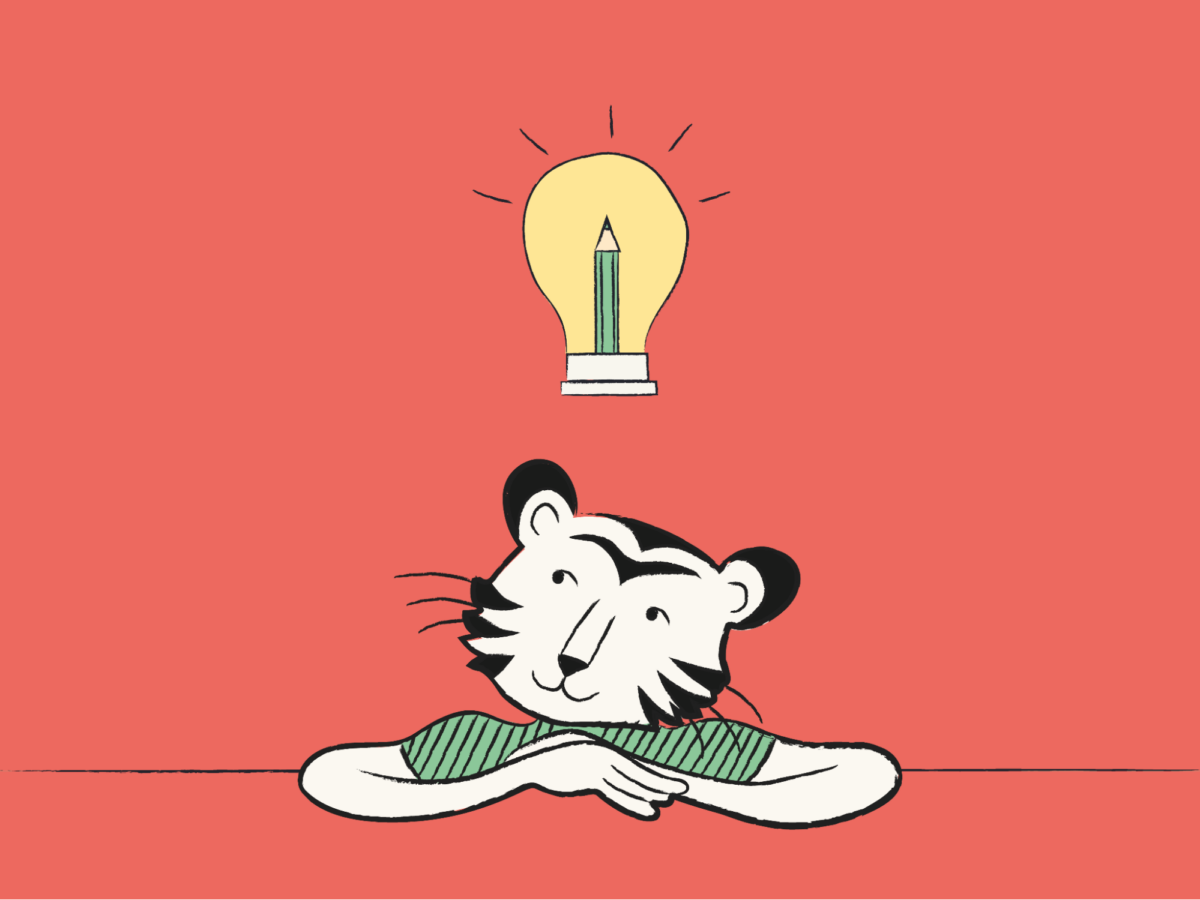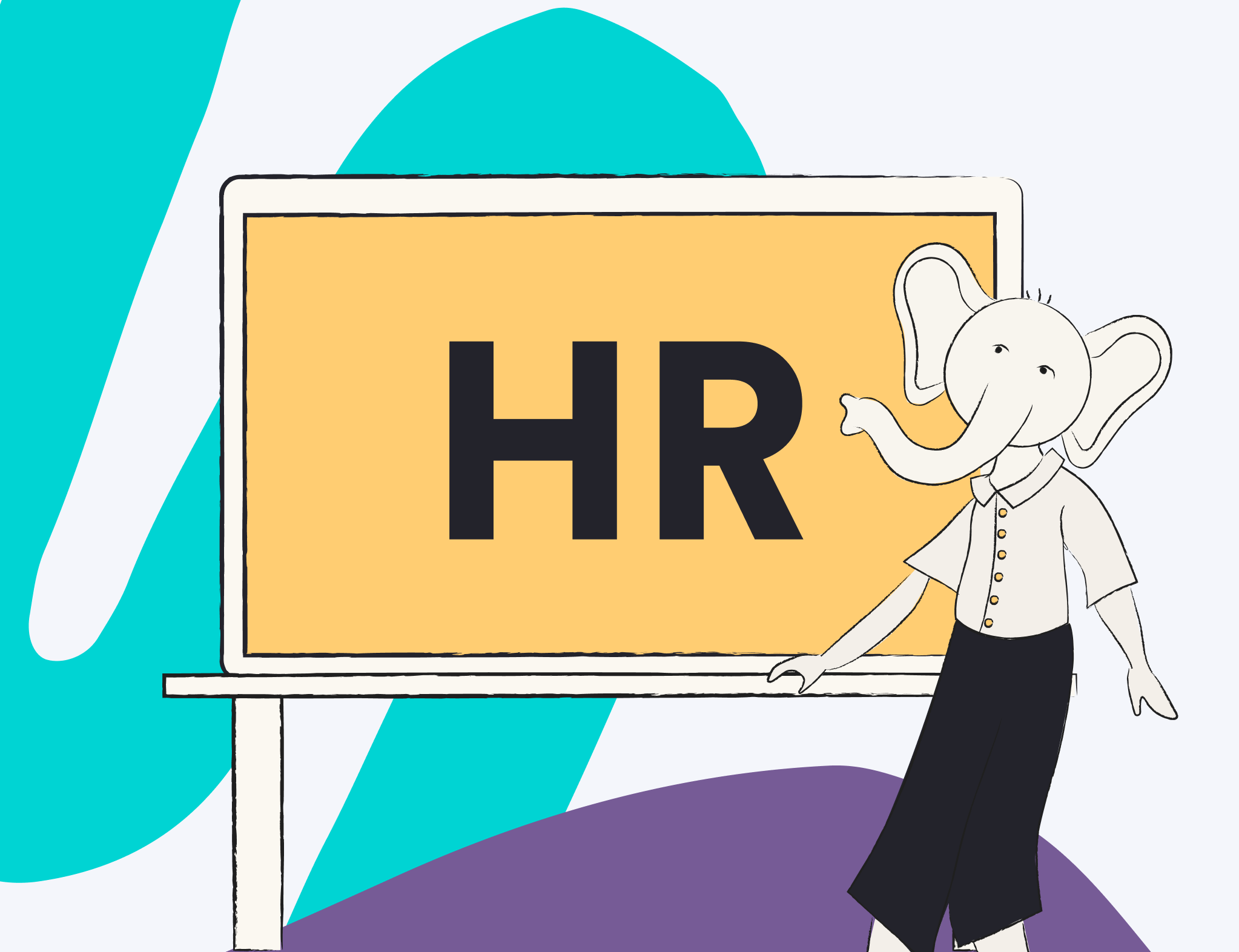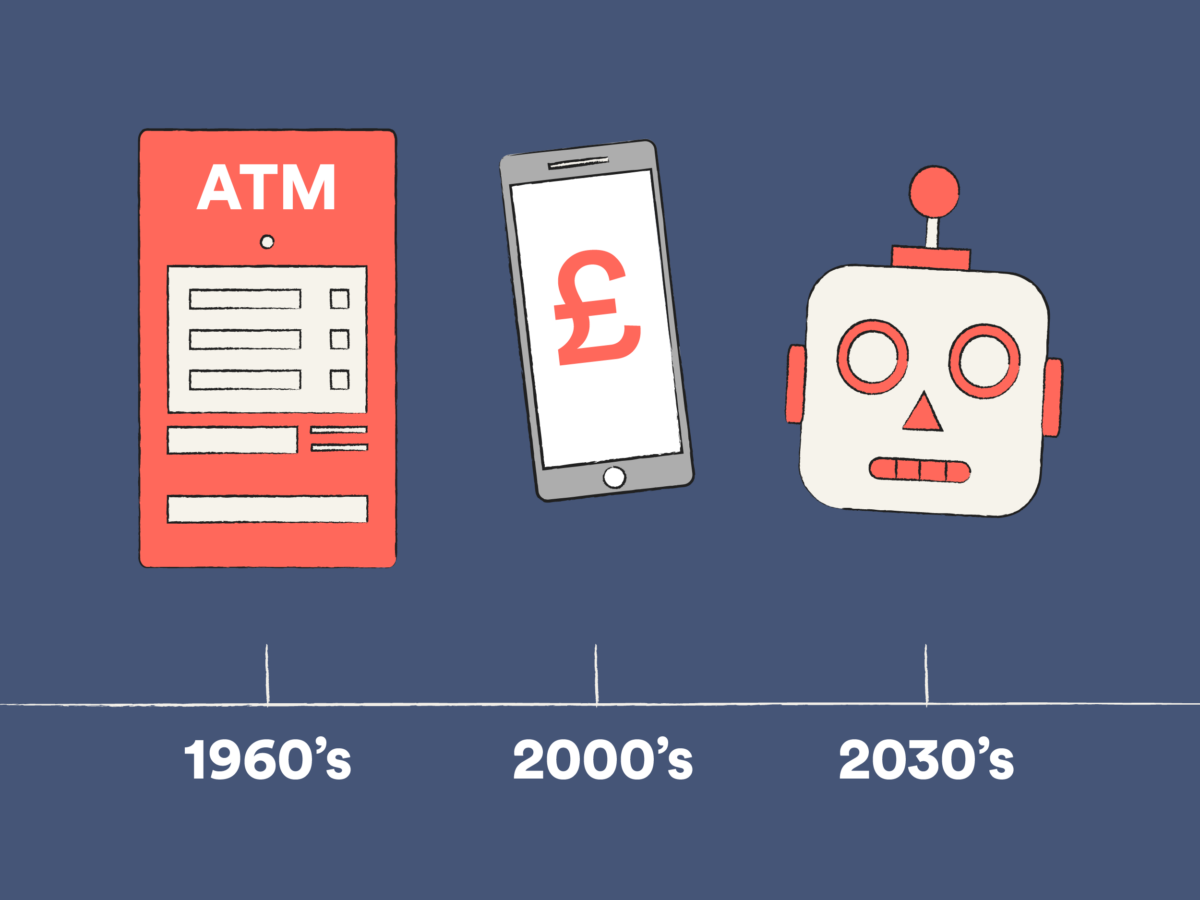Even without a dedicated department, the principles of human resources (HR) are a key consideration within every business.
It involves interviewing and onboarding people, paying fair wages, and how you solve any potential workplace issues. Without at least some level of HR understanding, you risk damaging your employee’s experience, and opening yourselves up to a plethora of problems.
HR is all about encouragement and support. Make sure these are at the core of your values, and take every opportunity to listen and acknowledge your employees. Automating certain processes, such as organizing payroll, can help you achieve this, and save time for the human-human interactions.
This is where design thinking can come in handy.
Now hang on, I hear you ask. What exactly is design thinking? And what impact can it have on my company and the employees within it?
Excellent questions. So, without further ado, let’s jump into it and shed some light on this intriguing buzzword – one that’s been around for longer than you might think.

What is design thinking?
Despite being around since the 1960s, the term ‘design thinking’ as we know it today was popularized by Tim Brown, president and CEO of the design company IDEO.
It places an emphasis on a human-centric approach to tackling problems, using lateral thinking and connecting with emotions such as empathy, confidence, and optimism. Mindset is at the core of this methodology, making it easy to tackle simple and complex problems alike with a positive mental attitude.
In doing so, you teach employees skills necessary to combat any challenge and, as IDEO says, “embrace ambiguity and failure”. Mistakes and failures are a natural part of any problem solving task. It’s vital to learn the techniques so as to not get bogged down in feelings of insecurity and upset when faced with setbacks, and instead use them as a growth point.
5 stages of design thinking
There are 5 important stages to the design thinking process which creates a streamlined approach you can apply to any obstacle. These were proposed by the Hasso Plattner Institute of Design at Stanford.

- Empathize: To empathize properly with others, we need to listen to them without judgment, and collect as much raw, qualitative data as possible. This will help inform your decisions moving forward. Start with a ‘problem statement’ and allow people to respond to it.
- Define: Once you have collected this data, you can begin to categorize it into key issues and identify any patterns that emerge.
- Ideate: Ideating means brainstorming ideas for how to tackle a problem. Employee engagement is essential here, so you can get as many suggestions as possible. Even HR professionals aren’t able to account for every single detail, so the more input you get, the better. Encourage people to think outside of the box. Creative freedom will help generate intuitive ideas.
- Prototype: Now is the time to sift through all of the ideas you’ve heard and pick which ones will work best to achieve your goal. These need to be realistic and actionable to have the greatest effect, but don’t be afraid to push a few boundaries of what you believe is possible.
- Test: This part is pretty self-explanatory. Test out your ideas and apply them to the scenarios where they’ll have the most impact. Performance management of these plans, such as gathering feedback from employees, will let you know how effective they are, or whether it’s time to try a different approach. How you test is up to you. You could section your workforce and try various prototypes on segmented groups, or apply one test to everyone at once before rotating to another.
It’s a non-linear, iterative process, and oftentimes a tested idea will require refining and reevaluating before it can be used in full. Patience is key for developing the best strategy. Even when applied to something relatively straightforward like HR technology, you can’t charge into it without any pre-planning.
Taking the time to properly think things through leads to the development of innovative solutions that are likely to have a longer-lasting impact on your HR practices.

What impact does design thinking have on a company’s HR?
If you want to use design thinking as part of your HR strategy, you need to first assess how well your HR practices hold up. If you’re struggling to keep your employees happy, then it’s time for a change. Likewise, if you find yourself getting lost in the administrative structure of organizing HR processes, you can incorporate design thinking in tandem with technology.
Impact on people
HR functions as the primary connection between a business and its people, whether they be stakeholders, employees, or customers. Incorporating a design thinking approach leads to a greater degree of empathy and understanding.
There are several things you can do to help the process along:
- Developing personas means your HR team can anticipate what people may say during design thinking conversations. This can be very useful for the onboarding process, as you’ll know what sort of people to look for who will have the same values as your company. You can create personas by looking at the people you currently employ. What similarities do they have and what do they bring to the company? Or you can create personas to help identify new customers. Who do you want to sell to and why would they be interested in your services?
- Designing a journey map lets you see the road ahead in more detail. When you have a goal, you know where to direct the majority of your design thinking. This comes part and parcel with a sturdy problem statement; combine the two, and you’ve got a clear route from A to B, with a bunch of suggestions for how to get there.
- Incorporate agile methodology into your work practice and help people break down tasks into manageable pieces. The principle is similar to “work smarter, not harder”, in the sense that you “do less” and “focus more”.
Impact on technology
Design thinking, whilst human-centered in nature, can also be of great benefit to how HR departments use technology.
For example, the future of work lies in AI. So combining these systems with design-thinking can lead to an HR transformation. Any repetitive tasks can be automated, giving you more time to talk to people one-on-one and foster positive workplace interactions.
Alternatively, you can change the work environment people operate in. If employees are more productive working remotely, give them the option to do so. Utilize technology such as Slack or Microsoft Teams to ensure you can stay connected. Design thinking helps you plan ahead to consider these scenarios.
Agile methodology also applies here, particularly for software services. There are 4 main principles to keep in mind:
- Individual interactions are more important than processes and tools
- A focus on working software rather than thorough documentation
- Collaboration instead of contract negotiations
- A focus on responding to change

Pros and cons of design thinking for HR
Even if this sounds like a brilliant strategy to you, it’s always worth weighing the pros and cons of a new idea. Ironically, you’d be doing a lot of that if you were to try out design thinking for yourself, so here’s a bit of practice for you.
Benefits
- A human-centered design means that there is an emphasis placed on learning and development. It gives people the opportunity for growth both inside and outside the workplace.
- It promotes a workplace culture that values people and empathy, which creates a far more inclusive, welcoming environment.
- You don’t have to stick to one idea – you have the freedom to explore a variety of plans. If one doesn’t work for the present issue, you can add the idea to your toolkit and utilize it elsewhere.
Drawbacks
- It is an intensive and time-consuming process – you won’t see results immediately, and there’s a risk you could feel like you’re going in circles when it comes to discussions.
- Sometimes, you have to completely re-evaluate the structure of your company to accommodate for design thinking. More rigid cultures might not respond well to certain ideas.
- People have to be invested for it to work. If people are ambivalent or resistant, then the whole thing falls apart. Teamwork makes the dream work.
Design thinking case studies
Don’t just take our word for it. Here are three highly successful companies who have incorporated design thinking practices into their everyday work structure, and reaped the benefits as a result.
1. Apple
Tech conglomerate Apple has long been at the forefront of innovation, both within their products, but also in their practices.
They create user-friendly items that appeal to the customers and their needs, and back up these products with exceptional service from employees. By utilizing design thinking, they ensure that the right people are positioned in the correct roles. Sentiment analysis from employees show an 80%+ satisfaction rate – numbers which are supported by high retention rates across the board.
2. Deloitte
Deloitte, a leading professional services firm, aims to design “a productive and meaningful employee experience through solutions that are compelling, enjoyable, and simple”. They achieve this through the incorporation of design thinking, which places the employees at the center of each decision and makes the best use of individual strengths and weaknesses.
Deloitte is a big advocate for design thinking, as is evident through the number of highly insightful articles they have published about the subject. This includes an extensive piece of research from 2015 which noted that companies that adopt design thinking see an increase of 228% on their returns.
Clearly, this whole-hearted approach towards design thinking has made an impact, as 92% of employees say that Deloitte is a “great” place to work, according to a 2021 census.
3. Cisco
Within the span of 24 hours, tech hardware company Cisco managed to use design thinking to completely reevaluate and redesign their HR department.
It started when employees informed Cisco’s HR that their way of operating “had become too formal, too program-centric”, and a disconnect between the needs and values of the company and its employees had developed.
In response, HR managers paused everything and took insight from Cisco workers across the globe. Using design thinking, they managed to develop 105 HR solutions which served to rejuvenate the company and launch it back into full production.
Whilst this was certainly a more dramatic turn of events, it goes to show that sometimes extreme measures are required. Cisco is doing much better for it, and currently boasts
Final thoughts
Design thinking takes a good amount of work, but it’s well worth it in the end. The fundamentals of the approach are all about connecting with people and making genuine change. It’s a fantastic way to explore every viable option within a safe, non-judgemental environment. You also get to listen to a diverse range of people, which makes employees feel respected and valued.
It can be easy to get stuck in a corporate loop, which can lead to a lack of motivation from everyone involved. Constantly chasing the bottom line and failing to appreciate the human aspect can really damage your business.
So, whilst it might not be for everyone, there’s no harm in trying if you feel as though your HR could benefit from design thinking principles.
Have you tried using design thinking to solve a problem? If not, give it a go! You could find your new favorite way to work through issues and come out stronger on the other side.










